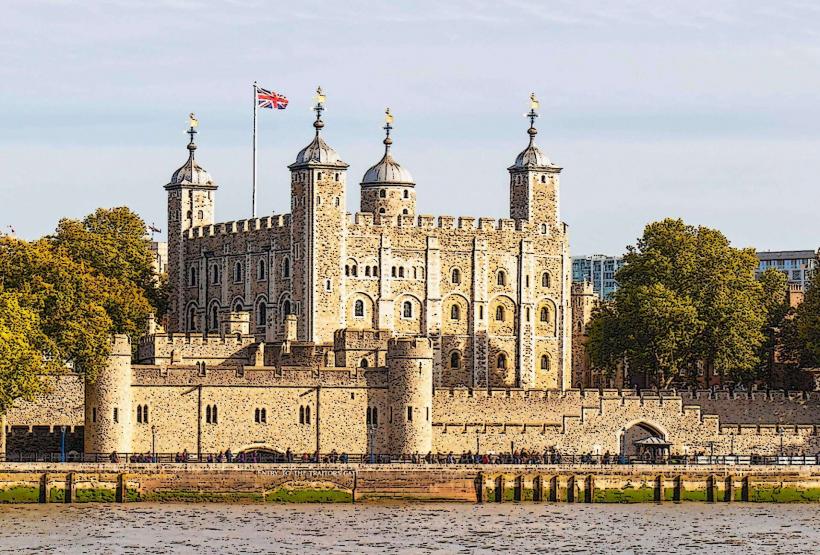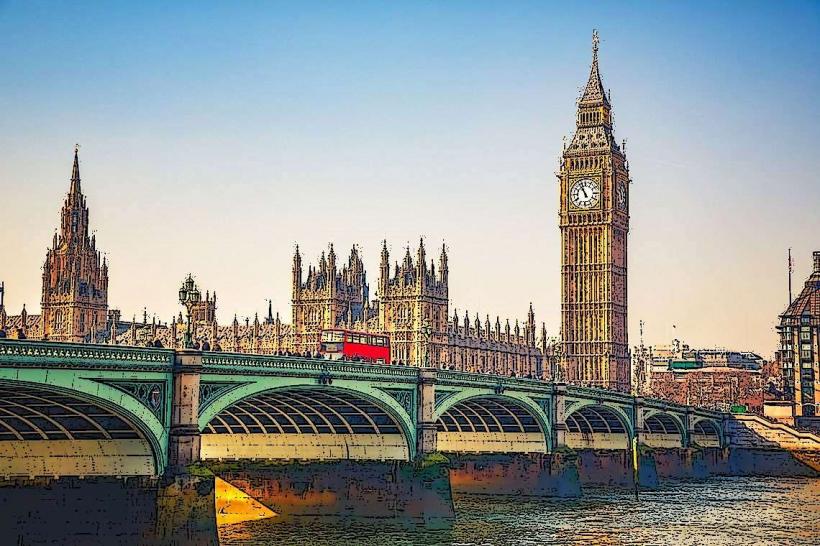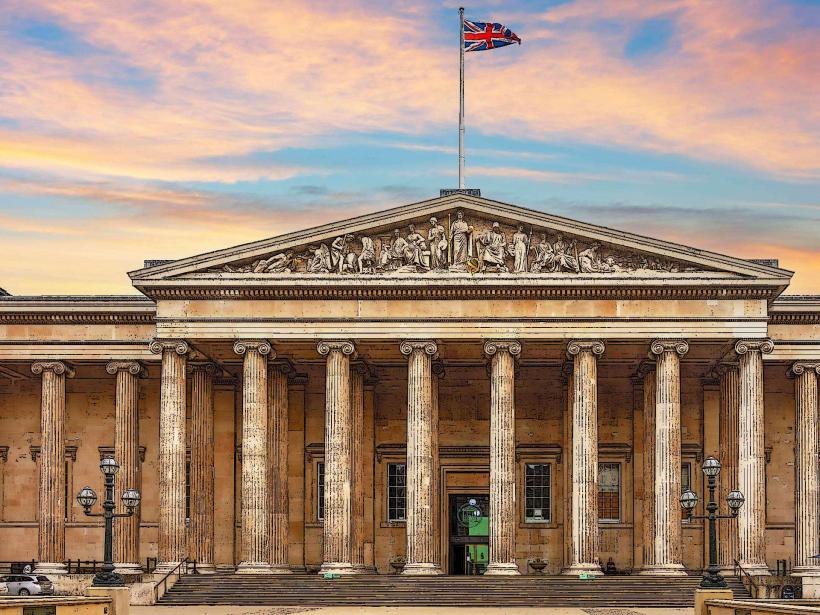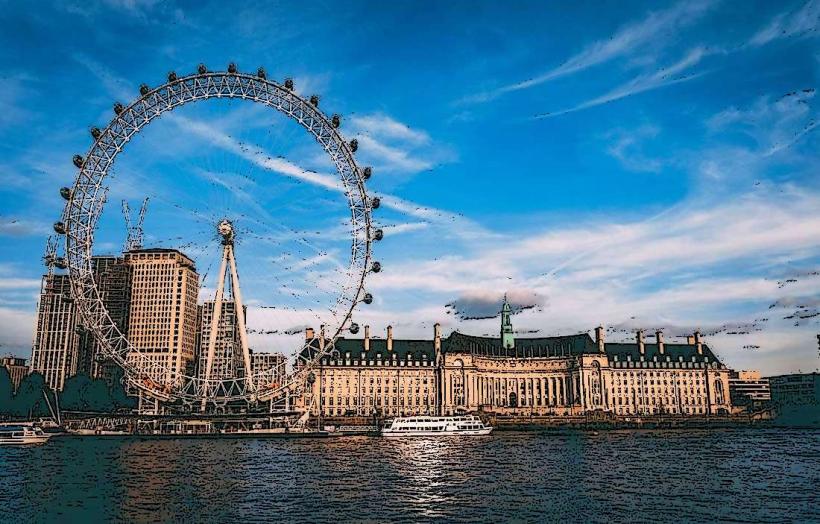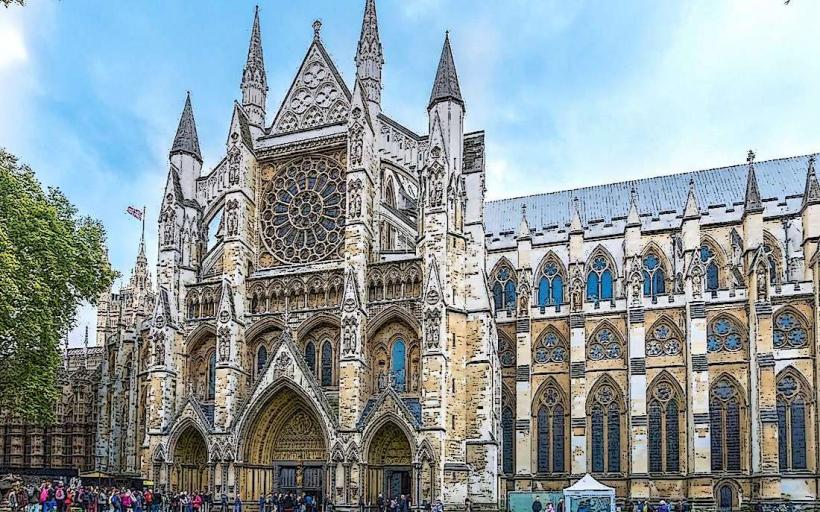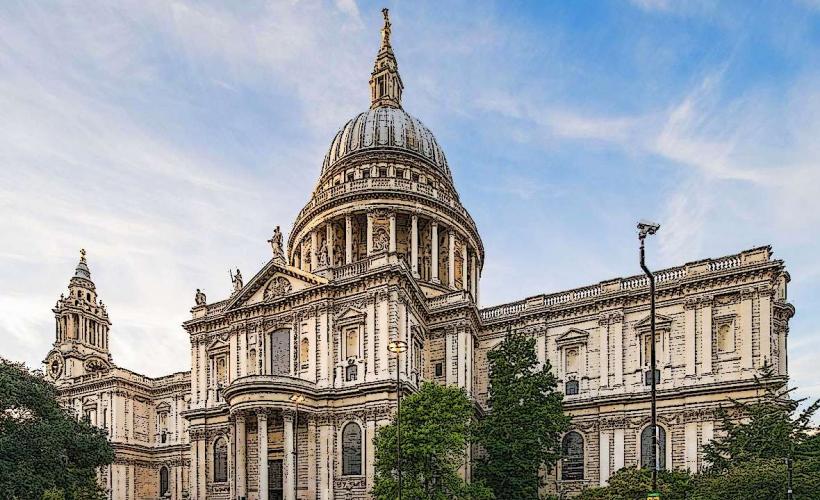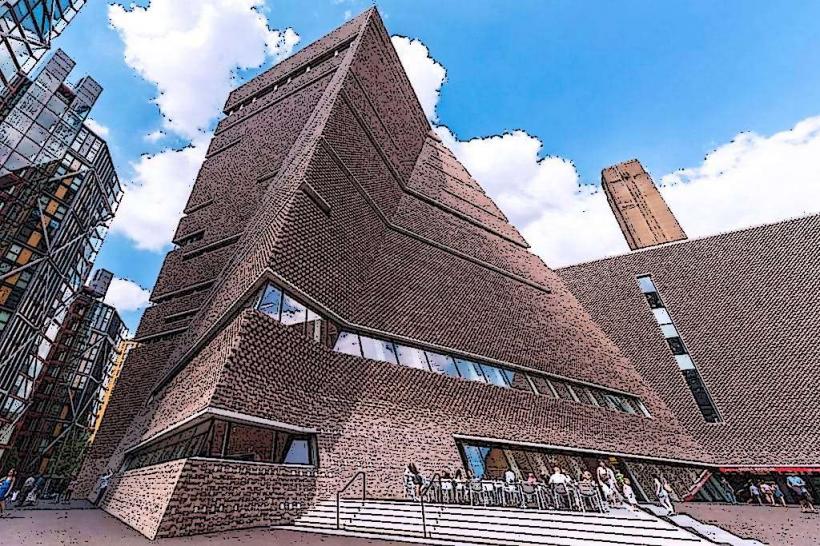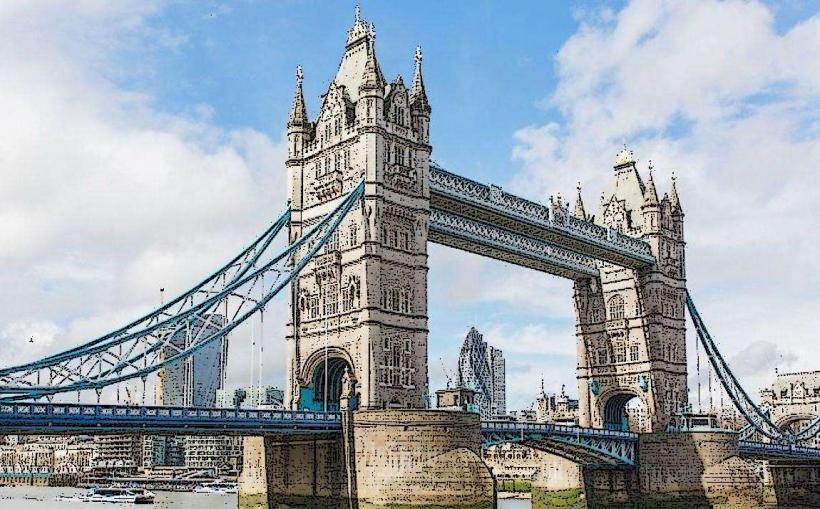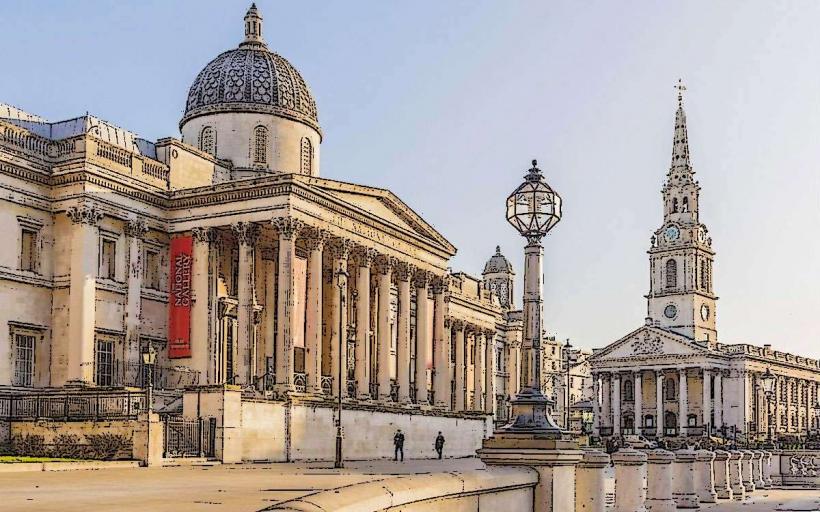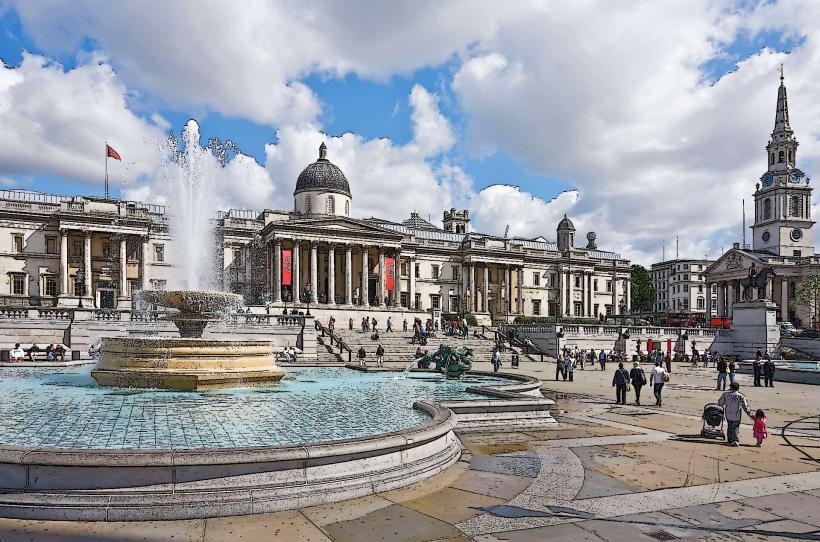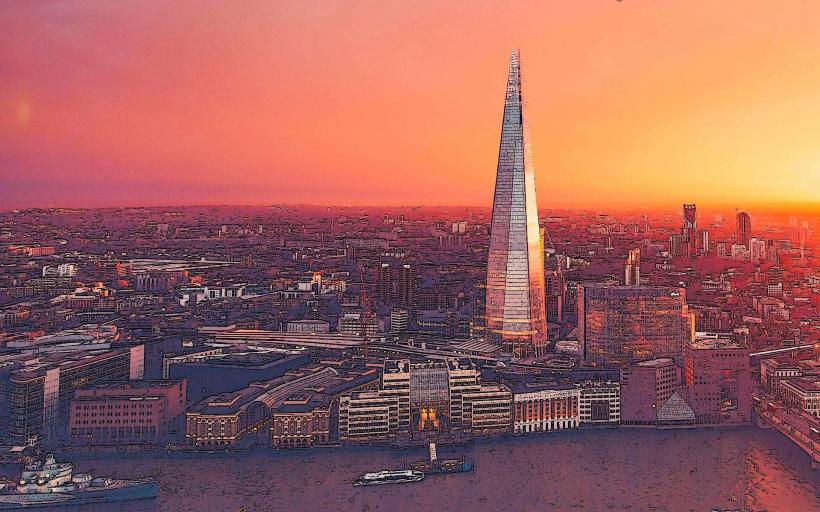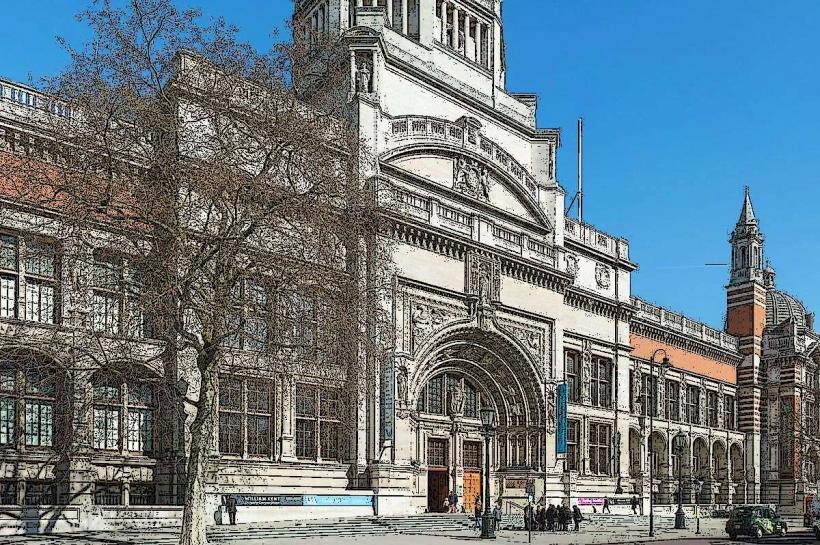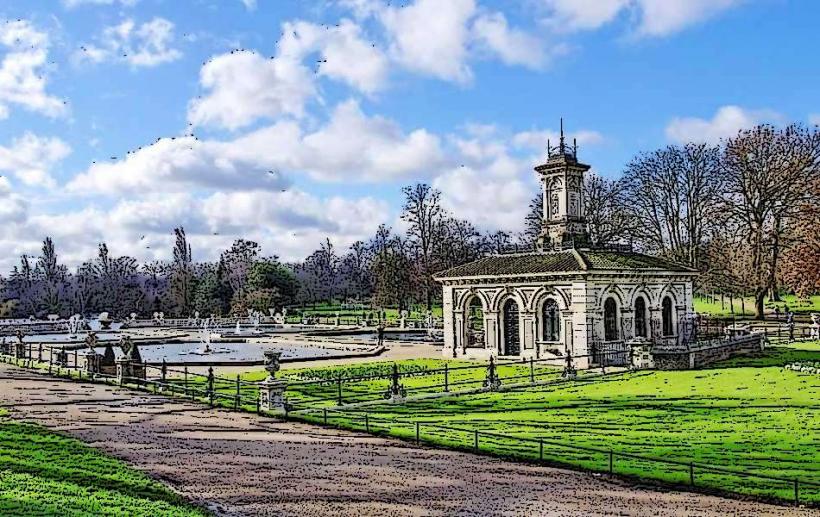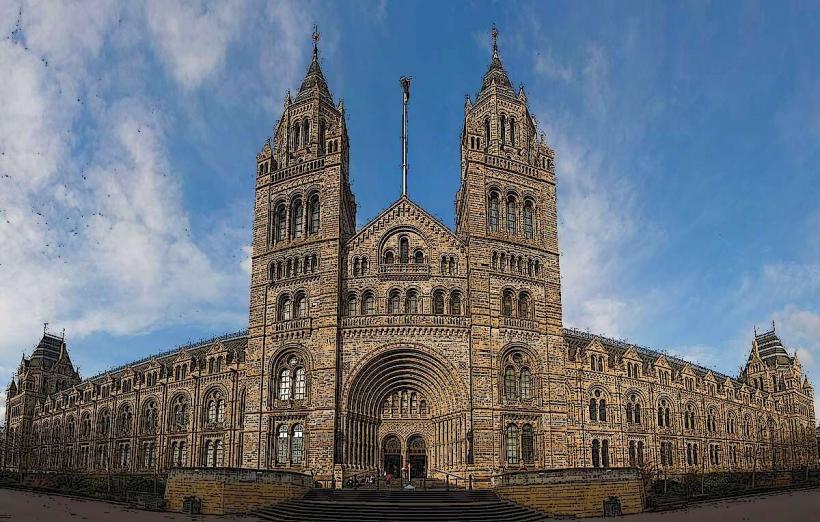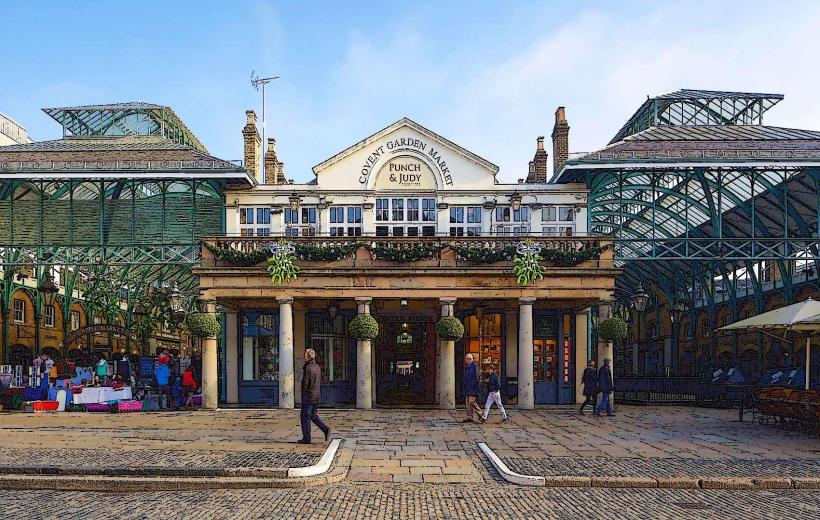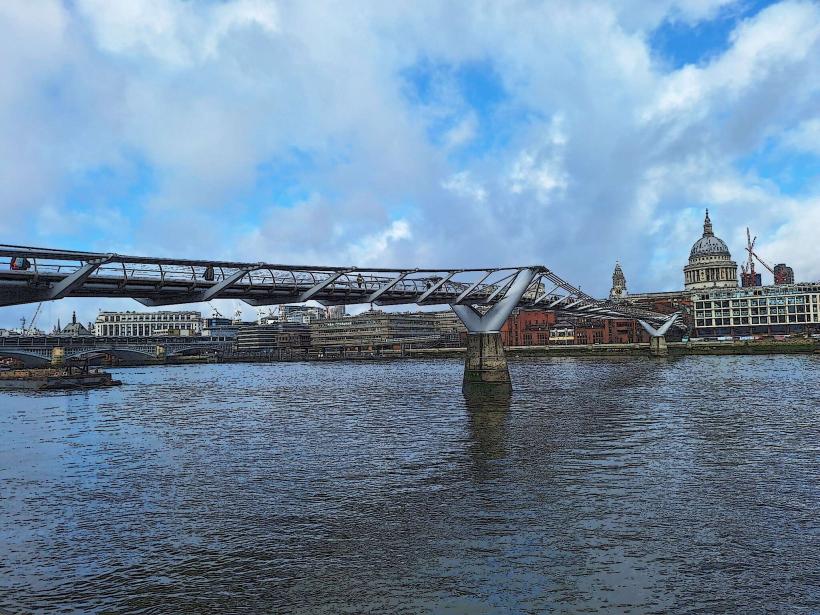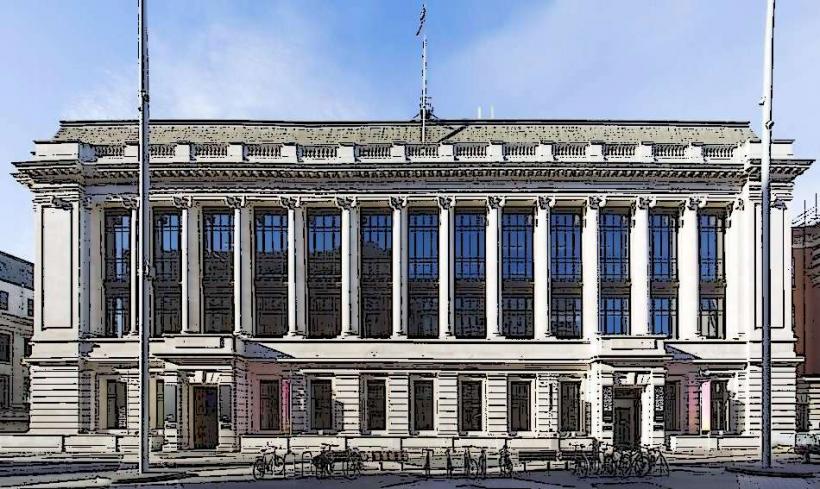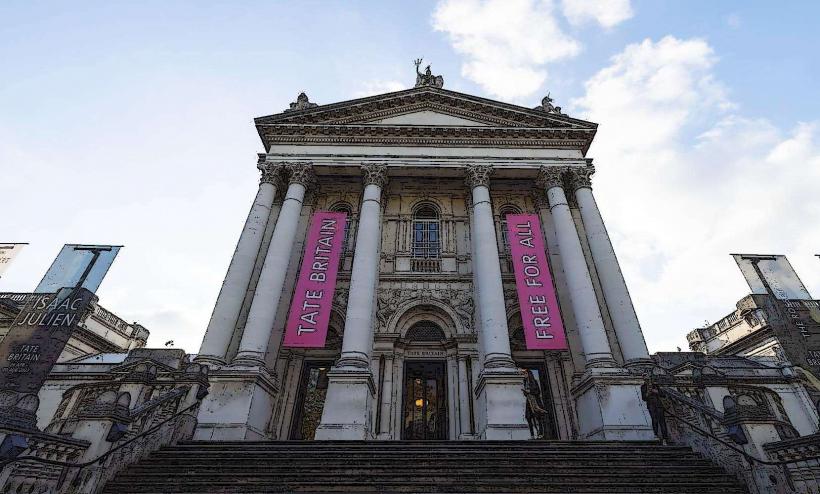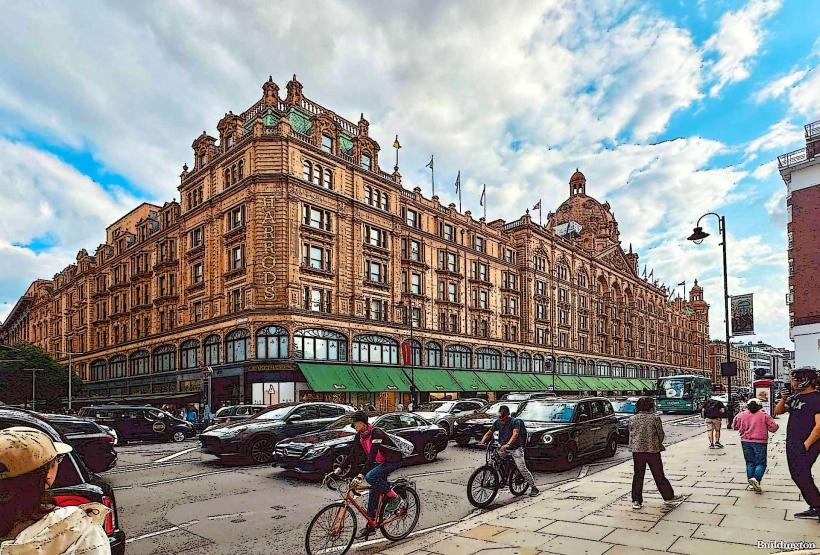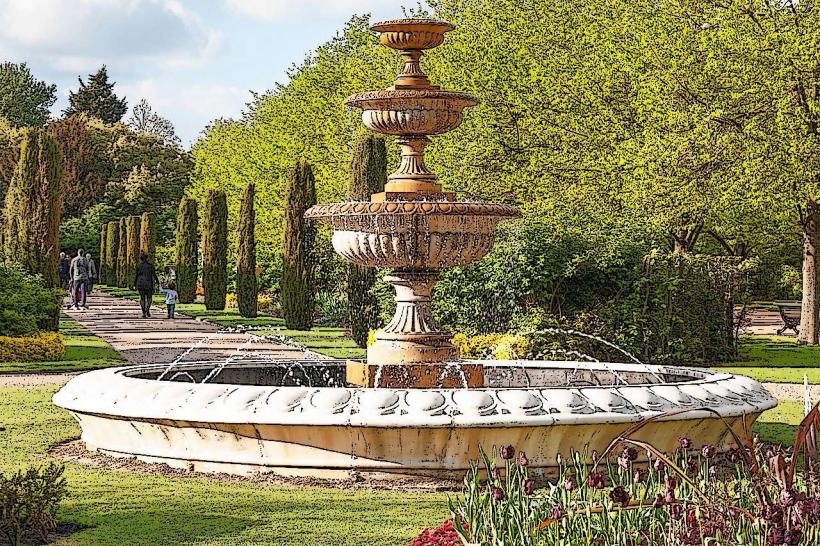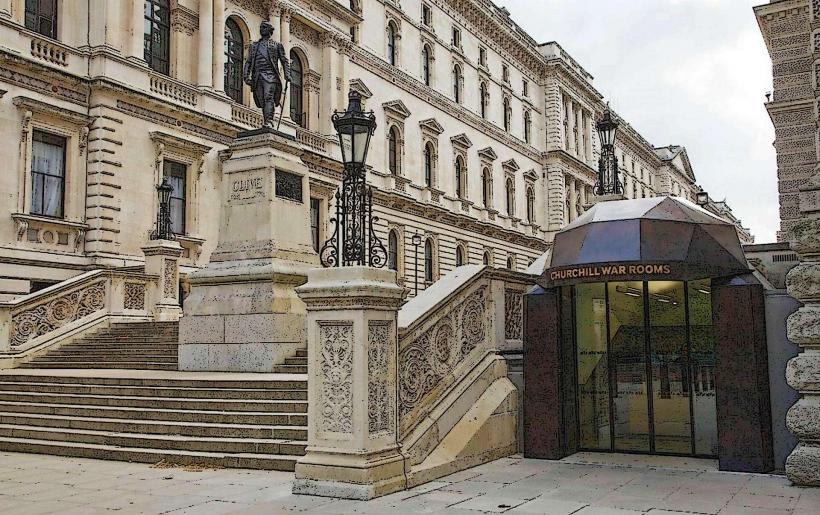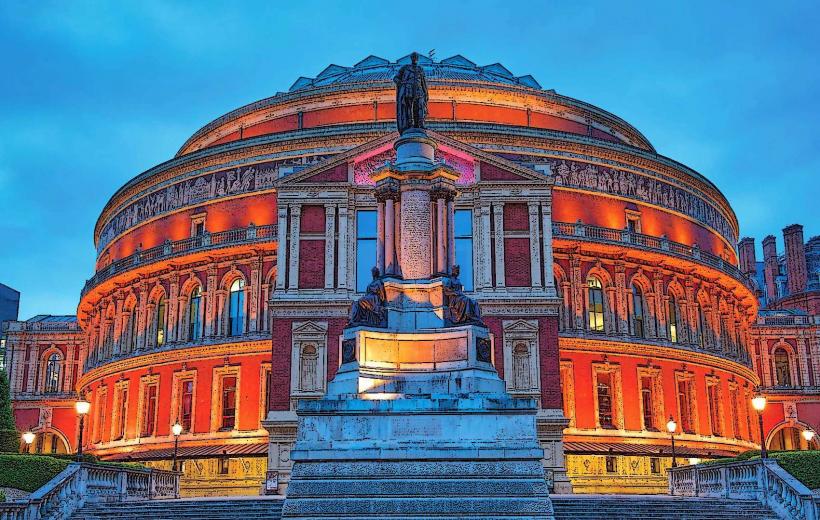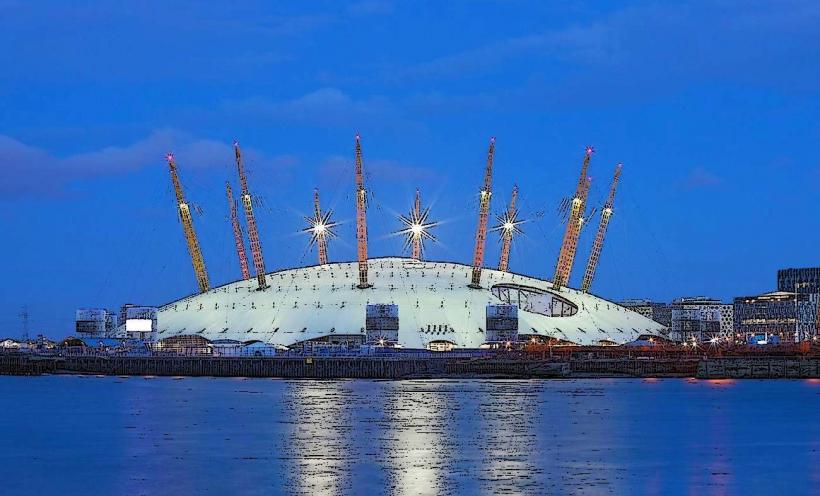Information
Landmark: Buckingham PalaceCity: London
Country: United Kingdom
Continent: Europe
Buckingham Palace, located in the heart of London, is the official residence and administrative headquarters of the British monarch. It has been the official royal residence since 1837 when Queen Victoria ascended the throne, and it continues to serve as a symbol of the British monarchy. The palace is a significant architectural landmark and a hub of royal and ceremonial activity.
1. History and Origins
- Early History: The site of Buckingham Palace has been used for royal residences since 1703. Originally known as Buckingham House, it was built by the Duke of Buckingham. In 1761, King George III acquired the house for his wife, Queen Charlotte, as a private residence, which marked the beginning of the royal association with the building.
- Expansion and Renovation: In the early 19th century, King George IV expanded the house, commissioning architect John Nash to transform it into a grand palace. Following George IV's death, Queen Victoria became the first monarch to live at Buckingham Palace, making it the official royal residence.
- Victorian Era and Beyond: The palace underwent further additions and renovations during the 19th and 20th centuries, including the famous East Front, which is used for ceremonial occasions. Queen Victoria's era marked the palace’s significance as a center of royal life, and it has remained the monarch's official residence to this day.
- World War II: During World War II, the palace was bombed several times by the German Luftwaffe, but the royal family remained in residence throughout the war. The resilience of the monarchy and the palace itself became a symbol of British endurance during difficult times.
2. Architectural Features
- The Exterior: The Buckingham Palace we see today is a blend of classical and neoclassical design. The East Front is the most famous aspect of the palace, featuring a central balcony that is used for major royal events, such as the Queen's Birthday and the changing of the guard.
- The Gates and Fencing: The Victoria Memorial, a large fountain and statue of Queen Victoria, is located in front of Buckingham Palace, at the top of The Mall, which leads to Trafalgar Square. The palace is surrounded by ornate iron gates, including the Buckingham Palace Gates, with decorative motifs that are associated with the monarchy.
- State Rooms: The palace contains several state rooms used for formal ceremonies and functions, including the Throne Room, the White Drawing Room, and the Ballroom. These rooms are lavishly decorated with period furniture, chandeliers, and artwork.
- The Royal Mews: The Royal Mews at Buckingham Palace is home to the royal collection of carriages, including the Gold State Coach, which is used in coronations and other royal processions. The Mews also houses the horses used by the royal family for state occasions.
- The Palace Gardens: The palace’s extensive gardens cover around 40 acres and are used for garden parties and royal events. The gardens are a tranquil and picturesque space, with a lake, formal flower beds, and a variety of trees, providing a peaceful retreat in the heart of London.
3. Role and Functions
- Royal Residence: While Buckingham Palace serves as the official residence of the monarch, it is not the only royal residence. The queen also resides at Windsor Castle in Berkshire and has several other homes across the UK, including Sandringham House and Balmoral Castle in Scotland.
- Ceremonial and State Functions: Buckingham Palace is the venue for many state functions and ceremonies, including the annual State Banquets, Royal Garden Parties, and meetings with foreign dignitaries. The palace also serves as the venue for significant moments in royal life, such as royal weddings and the births of royal heirs.
- Official Headquarters: The palace functions as the administrative headquarters for the monarchy. It is where the monarch conducts business, meets with advisers, and receives ambassadors. It also serves as a location for official announcements.
- Public Engagement: The palace is a central location for major public events such as the Trooping the Colour ceremony, Royal Weddings, and the annual Changing of the Guard ceremony, which has become a major tourist attraction.
4. Royal Ceremonies
- Changing of the Guard: One of the most iconic traditions at Buckingham Palace is the Changing of the Guard, a ceremonial event that takes place at the palace gates. It involves the formal handover of duties between the Household Cavalry and the Foot Guards, and is a popular event for visitors.
- State Occasions: Buckingham Palace is often the setting for state occasions and royal events, such as the State Opening of Parliament, official state visits, and other significant ceremonies. The monarch typically appears on the balcony to greet the public during these occasions.
- Royal Weddings and Announcements: Major family events, such as royal weddings, often take place at or are celebrated in connection with Buckingham Palace. The wedding of Prince William and Kate Middleton in 2011, for example, featured a balcony appearance after their wedding ceremony at Westminster Abbey.
5. The Royal Family and Public Access
- The Monarch's Role: Buckingham Palace has long been associated with the British monarch and serves as the royal family's administrative hub. The palace has been the residence of every British monarch since Queen Victoria, and it remains a symbol of the monarchy itself.
- Public Access: Parts of Buckingham Palace are open to the public during certain times of the year, most notably the State Rooms. Visitors can tour these grand rooms when the royal family is not in residence. The Queen’s Gallery and Royal Mews are also open to the public year-round, offering exhibits on art, royal history, and the royal family’s collection of carriages.
- Garden Parties: The palace gardens are open to the public for special events, such as the annual Royal Garden Parties, where thousands of guests are invited to enjoy an afternoon of tea, sandwiches, and entertainment in the royal gardens.
6. Famous Moments in Buckingham Palace History
- Queen Victoria's Era: The palace became the official royal residence during the reign of Queen Victoria, marking its transition from a private residence to a national symbol of monarchy. The queen made her first public appearance on the balcony of Buckingham Palace after her marriage to Prince Albert in 1840.
- Winston Churchill’s Legacy: During World War II, Winston Churchill and other officials used the palace as a base for important meetings and strategy discussions. The bombing raids on London led to some damage to the palace, but the royal family remained in residence throughout the war.
- Princess Diana’s Funeral: Following the death of Princess Diana in 1997, Buckingham Palace became a focal point for public mourning. The palace saw an outpouring of grief from the British public, and thousands of flowers were laid outside its gates as a tribute to the late princess.
7. Visiting Buckingham Palace
- Opening Times: Buckingham Palace is typically open to the public during the summer months, when the royal family is away. During this time, visitors can explore the State Rooms, the Queen’s Gallery, and the Royal Mews. There are also opportunities to attend special exhibitions or events hosted at the palace.
- Ticketed Entry: Tickets are required to visit the palace’s State Rooms, but other areas like the gardens and the Royal Mews can be visited separately. Visitors can purchase tickets online in advance.
- Changing of the Guard: This event is free to watch and takes place regularly in front of the palace gates, though the exact schedule can change depending on the time of year.
8. Conclusion
Buckingham Palace is one of the most iconic landmarks in London and a symbol of the British monarchy. As the residence and administrative center of the reigning monarch, it plays a vital role in the nation’s royal and ceremonial life. Whether hosting major royal events, providing a setting for royal engagements, or offering a glimpse into the life of the royal family, Buckingham Palace is an essential part of Britain’s history, culture, and national identity.

